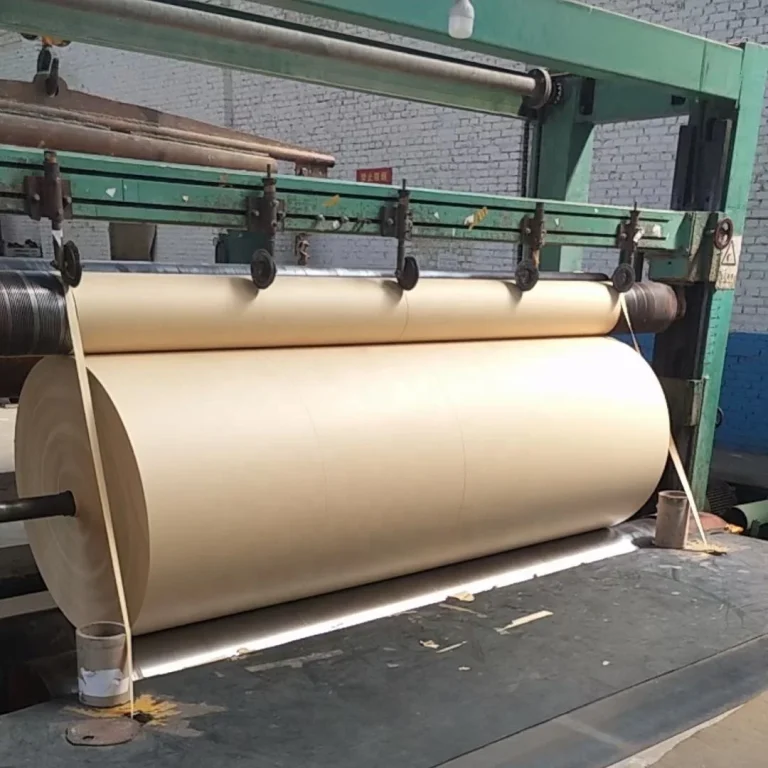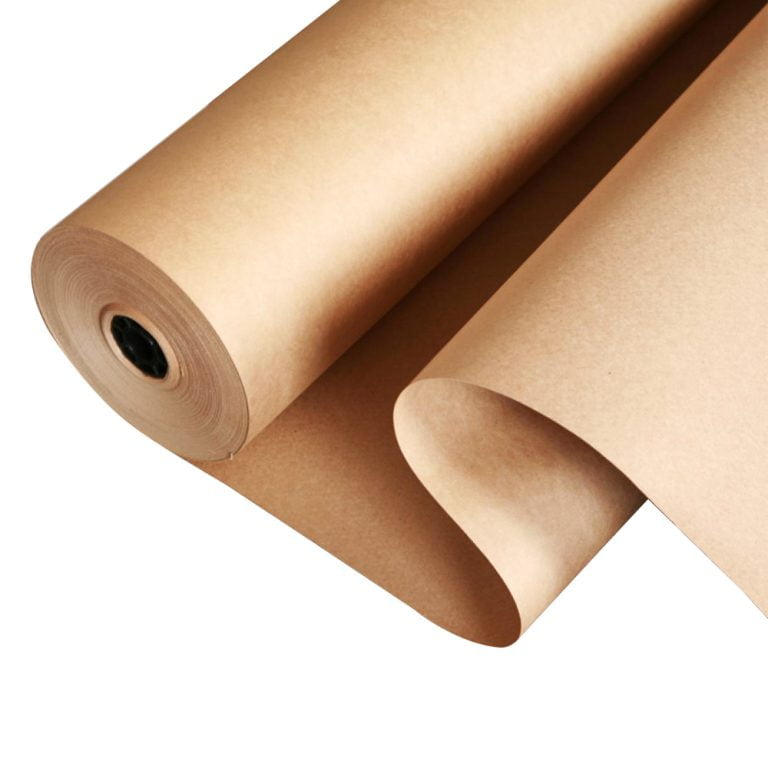As one of the leaders in the paper production industry, Pishtazan Cellulose Shargh proudly presents its products to the market. Here, we proudly present you our liner paper.
Liner paper produced by Pishtazan Cellulose Shargh is a quality and reliable product. By using the latest technologies and using the best raw materials, we guarantee that our liner paper has very suitable and excellent properties.
This type of paper has a suitable thickness and high strength. Also, its smooth surface makes it easy to use when sticking to other surfaces. In addition, the liner paper produced by Pishtazan Cellulose Shargh Company has attractive visual features and the ability to print on it is also very suitable.
For this purpose, the paper produced by Pishtazan Cellulose Shargh Company is suitable for export packaging and production line devices of packaging factories and printing industry.


Liner paper is used in the packaging industry in weights of 100 to 180 grams per square meter. Higher weights are used in industries such as bobbin making, and lower weights are used in industries such as paper envelopes. This type of paper does not have enough resistance to moisture absorption and is not suitable for home cold packaging.
Liner paper produced in Pishtazan Cellulose Shargh Company is produced in weights of 120 to 180 g/m2 and has the following resistance parameters:
Liner paper Technical Specification
|
VALUE |
UNIT |
TEST METHOD |
ITEM |
|
130±5 |
g/m2 |
ISO 536 |
GSM |
|
186 |
KN/m |
ISO 12192 |
RCT |
|
153 |
KN/m |
ISO 16945 |
Cct |
|
190 |
KN/m |
ISO 7263-2 |
Cmt |
|
80≤ |
N |
ISO 1924-2 |
Tensile(MD) |
|
110≤ |
Kpa |
ISO 2758 |
Burst |
|
0.21 |
mm |
ISO 534 |
Thickness |
|
220≤ |
g/m2 |
ISO 535 |
Cobb |
|
5-7 |
% |
ISO 2216 |
Moisture |
Pishtazan Cellulose Shargh is a reliable company in the field of floating paper and liner production in Iran. This company produces high quality paper using the best recycled materials. You can contact the sales unit of Pishtazan Cellulose Shargh to buy this product. You can also visit the products page to view other products of this company.
The paper factory uses paper fibers and recycled second-hand paper to produce liner paper and other samples. Additives are not used in the production of this type of paper. Different colors and dimensions are considered for these papers so that it can be used for different purposes. Also, liner paper is used in resistance layers between boxes with different degrees and is also known as “Iranian paper”.
Paper factories use quality paper pulp or waste paper to make liner paper. This type of paper plays an essential role in making other papers as well. The materials in these papers are compressed by modern machines and according to the quality of the raw materials, they are produced in different grades in terms of strength. Liner and liner test paper types are similar in appearance. Liners are paper thin and have less resistance. To produce them, the method of paper pulping and compression using the machine and other production steps such as dewatering and pressing the paper layer, ironing and drum rail and drying are used.
If you are active in this industry, you are probably familiar with the names of Testliner, Kraftliner, etc. paper. These products are made by adding materials such as starch and color to liner paper pulp. Of course, liner paper can be categorized in various ways, such as dimensions, weight, grammage, and pulp quality, but the important thing is that in the end, the end products are similar with little differences and have the same uses. The higher quality pulp you use in the manufacturing process, the better the output and characteristics you will get.
The main use of liner paper is in the carton industry. This type of paper is heavier than other types of paper such as kraft. Liner sheets are used to make all kinds of cartons and boxes. Also, the liner is used in the production of pipe and cardboard products. Due to its cheap price and easy application, liner paper is also used as a floor covering in buildings. Also, it is used in transportation and as a protective cover and shock absorber. The envelope made of this type of paper can be used as a protective cover for non-medical and food products.